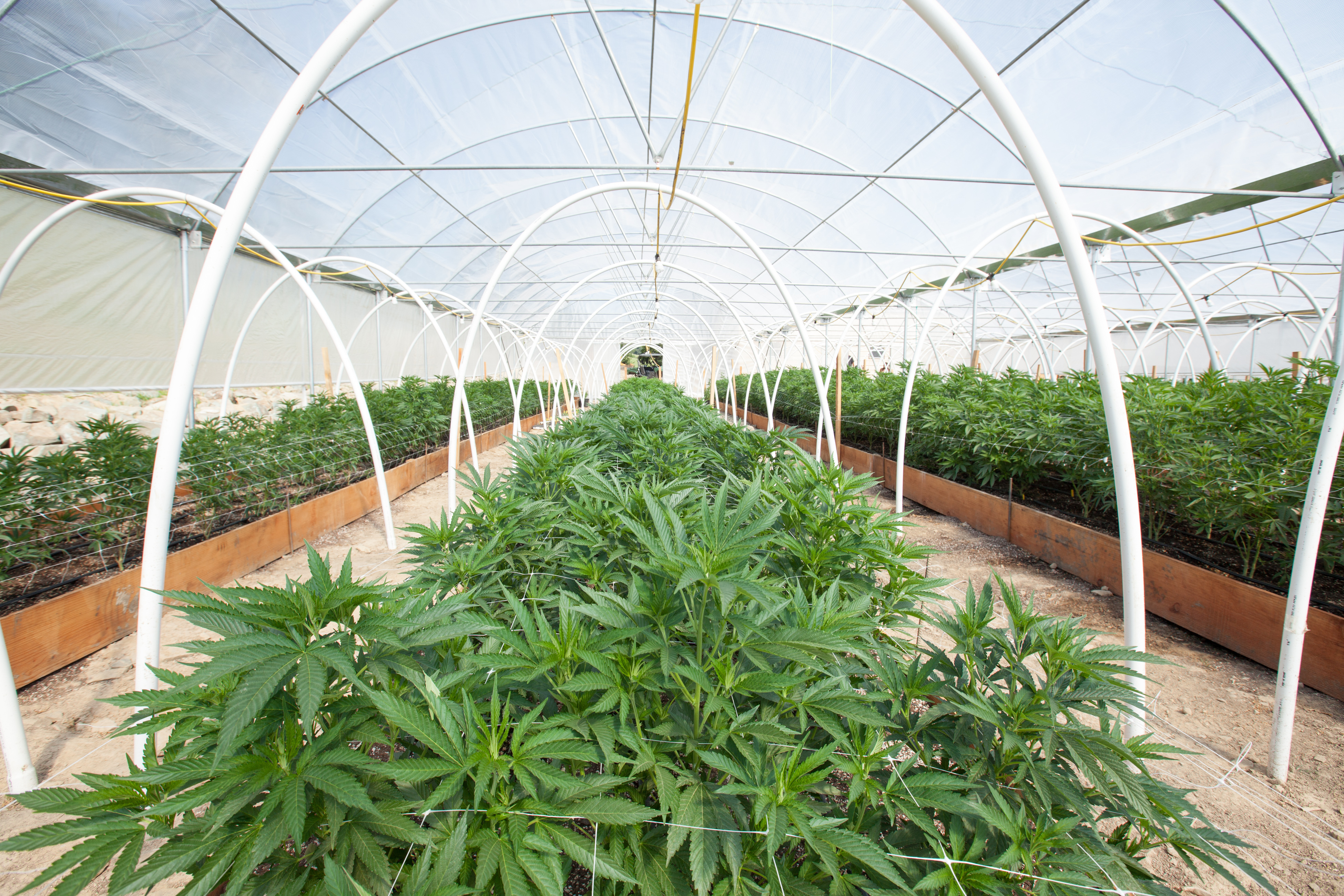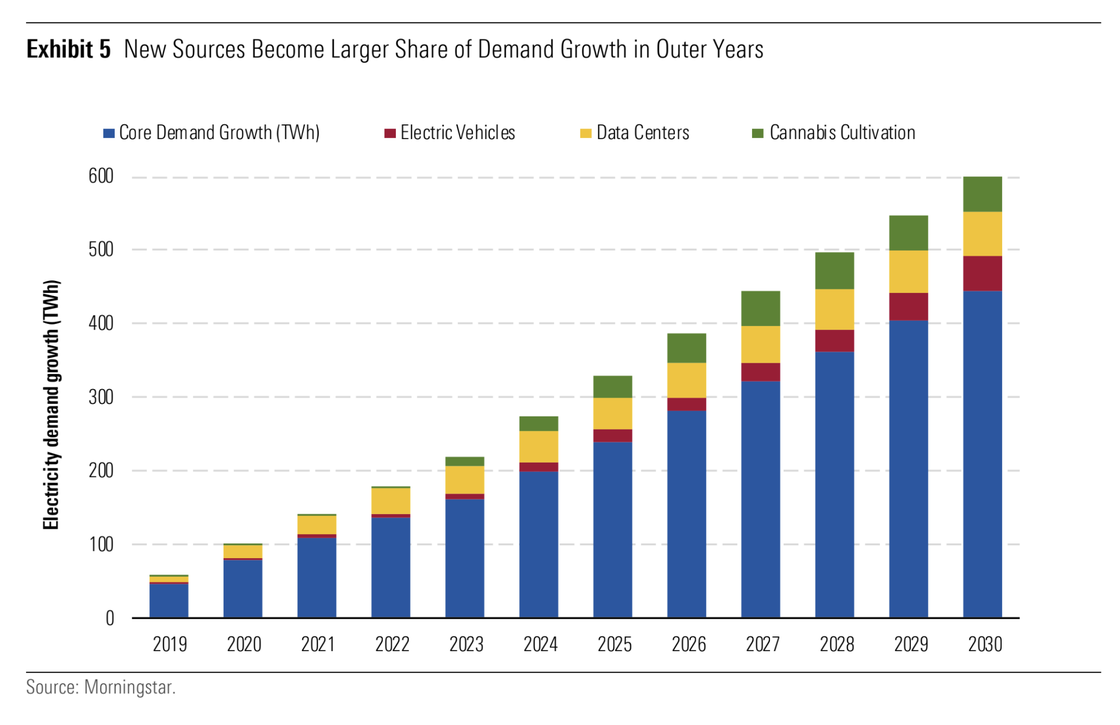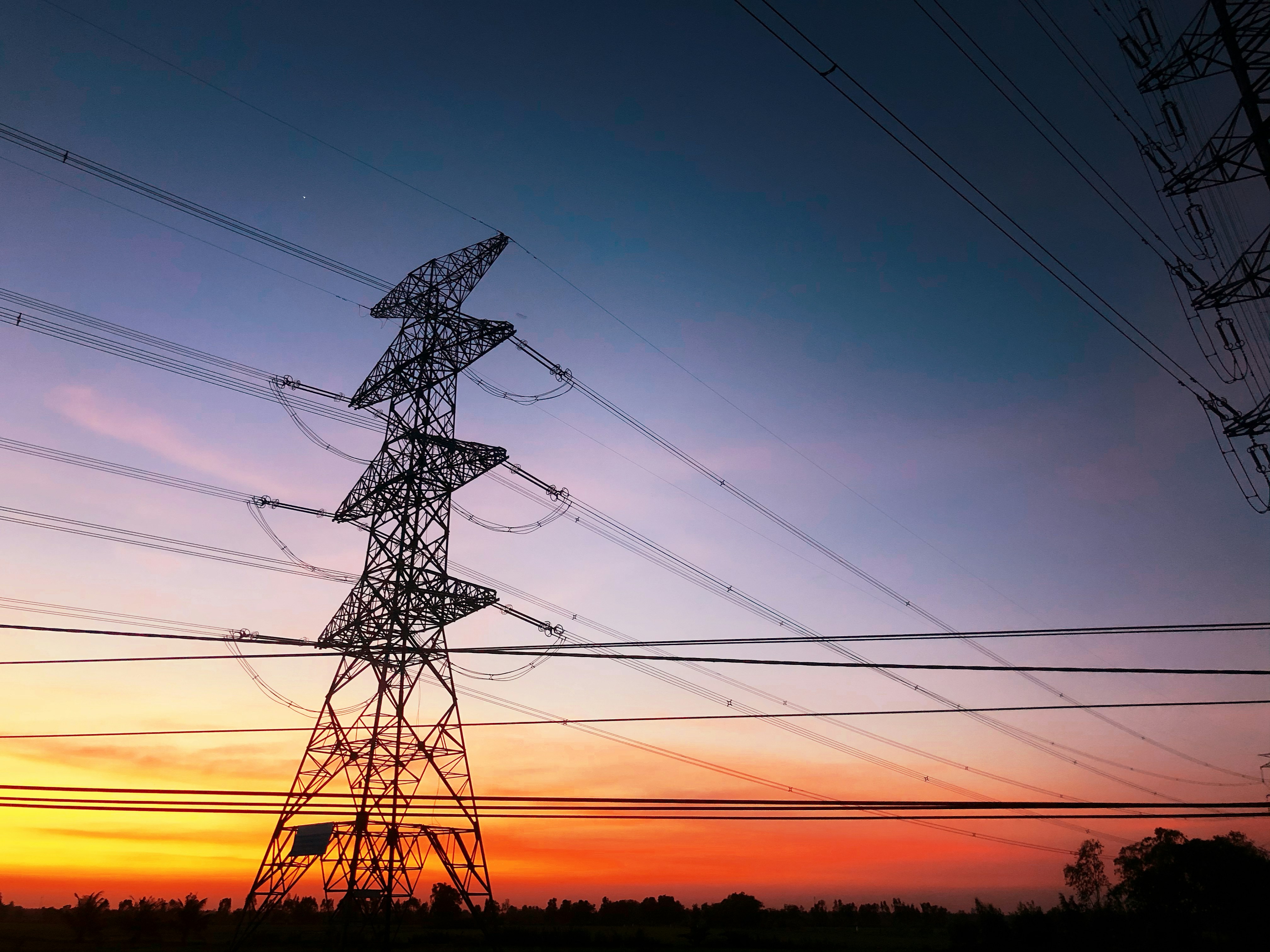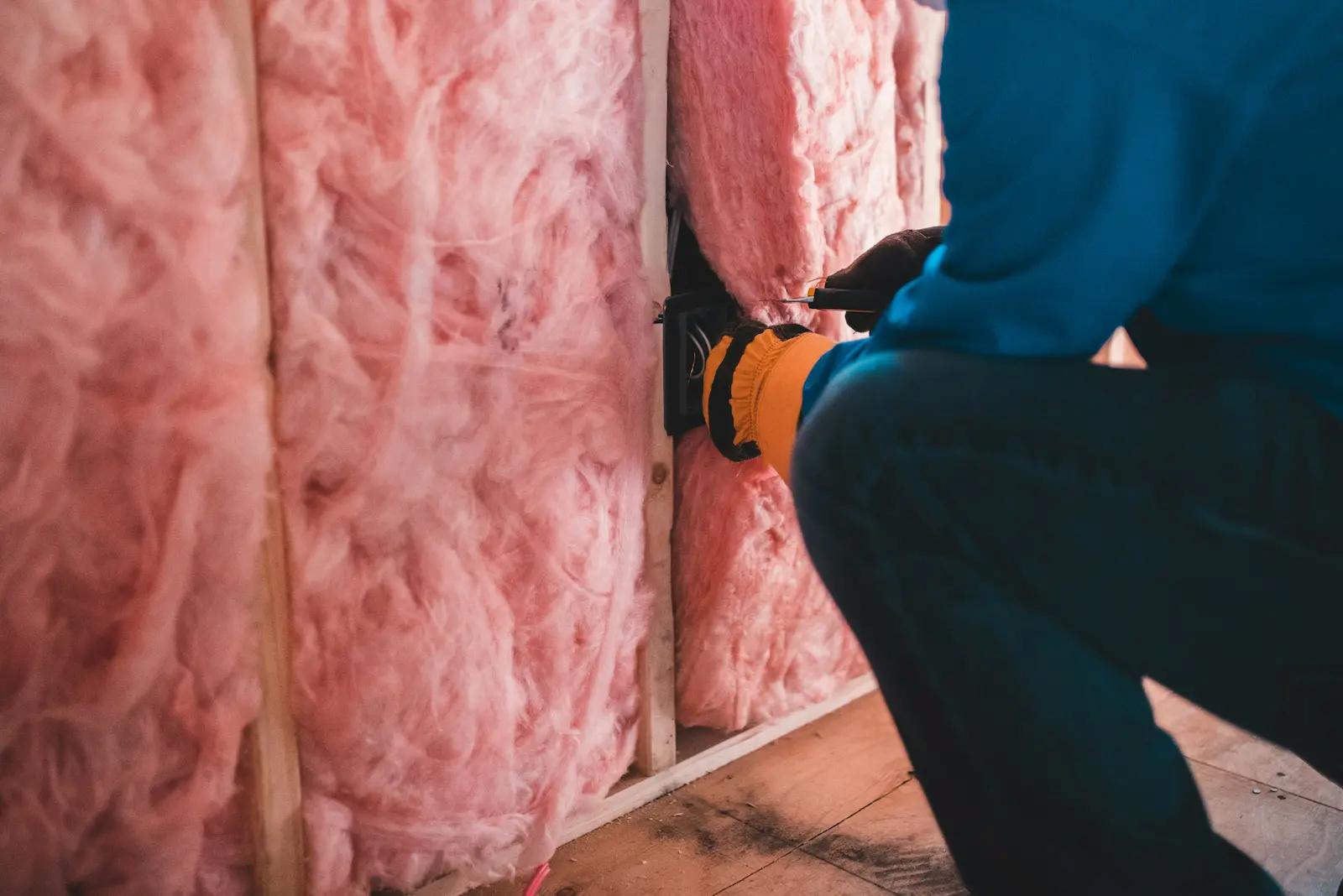Legal Cannabis Presents Challenges for Utilities, Opportunities for Energy Efficiency
Let's Save Energy
Alliance to Save Energy's Blog

The U.S. House of Representatives will likely vote this month on two pieces of legislation that could have major impacts on energy consumption. One – an energy innovation companion to the Senate’s American Energy Innovation Act – has obvious efficiency components. The other may fly under your “energy efficiency” radar: marijuana legalization.
The bipartisan bill, H.R. 3884, the Marijuana Opportunity Reinvestment and Expungement Act, sponsored by Reps. Jerry Nadler (D-N.Y.) and Matt Gaetz (R-Fla.), calls for decriminalizing cannabis and descheduling it from the Controlled Substances Act among other reforms. While it is likely to pass the House, the MORE Act may not be considered by the current Senate, where an identical companion was introduced as S. 2227 by Democratic Vice Presidential Candidate Sen. Kamala Harris (D-Calif.). One thing is clear: federal policy on marijuana legalization presents real opportunities for energy efficiency.
How does legalized cannabis affect energy use?
Indoor cannabis cultivation is one of the most energy-intensive industries, spending an estimated $6 billion on energy annually. That’s a hefty electricity bill, matching that of the federal government powering its facilities. It’s also a hefty weight for the grid – and our planet – to absorb. The lighting, moisture, and HVAC required to provide the most favorable growing conditions are estimated to be equivalent to the energy required of 3 million additional cars.

(Source: Morningstar)
Demand in the electricity sector is already expected to grow in the coming decade due to increased electrification of building heating systems and transportation. Recognizing this fundamental shift, industry and advocates have joined together in initiatives aimed at curbing the potential emissions. Cannabis energy consumption, faced with decades of restricted federal research and funding, has not received enough consideration. As states – 33 of which permit medicinal use and 11 where purchases are legal for those over 21 – develop patchwork licensing requirements, including potential lighting and HVAC standards for commercial cannabis cultivation, federal leadership is sorely missing.

(Source: Science Direct)
In addition to allowing commercial cultivation, some state laws permit limited residential cultivation. Initial studies indicate that the energy required to “home grow” four plants is equivalent to powering 29 refrigerators. For utilities facing stressed transmission systems, that means thousands, if not millions, unplanned-for “refrigerators” could be added to local transformers unless action is taken to curb that surging demand.
Energy efficiency offers solutions to energy and emissions challenges.
If included in utility resource planning, energy efficiency programs including rebates, incentives, and time-varying rate structures can help offset energy and climate impacts of cannabis cultivation. In states with energy savings and emissions reduction targets, utilities are already required to identify and invest in cost-effective energy efficiency initiatives to curb demand growth. In most of the nation, however, a lack of cohesive legislative and regulatory decarbonization policy frameworks means that increased demand, unabated by demand-side investment, is likely to continue to increase carbon emissions and add stress to the grid. While modernizing infrastructure is important, major moves now can help avoid expensive buildouts later.
Management requires data, baseline measurement, and benchmarking.
Utilities can work with industry to provide baseline energy use studies on cannabis cultivation representing varying technologies, processes, and climate zones to identify best practices, savings opportunities, and potential value streams that benefit the grower, the utility, and the public at large. Lighting demand, for instance, varies widely among case studies, accounting for between 38% to 86% of total energy consumption of indoor cultivation.
With an emerging market of this magnitude (the legal industry hit nearly $15 billion in sales in 2019), manufacturers and governments should prioritize public-private research collaborations on industry-specific technologies that outperform their modern counterparts. Growers have typically shied away from high-efficiency LED bulbs for indoor grows, despite the significant energy savings potential, preferring instead high-intensity sodium lights for periods of the growing process. Focused R&D, pilot projects, and educational programs can help to speed adoption of LEDs, which have the additional benefit of producing less heat and therefore requiring less mechanical cooling. Further, appliance efficiency standards for indoor agriculture could present significant opportunities for innovation and potential job creation in manufacturing, such as has resulted from the ENERGY STAR program.
The blunt truth.
The cannabis industry is like energy efficiency: It’s a proven job creator, wildly popular, and at the center of energy, climate, and economic concerns. Federal leadership on energy efficiency can help to tame the climate emissions and grid consequences of the growing cannabis industry. And with nearly 360,000 efficiency workers on the sidelines due to the pandemic, no better time to start than right now.
RECENT BLOG POSTS
STAY EMPOWERED
Help the Alliance advocate for policies to use energy more efficiently – supporting job creation, reduced emissions, and lower costs. Contact your member of Congress.
Energy efficiency is smart, nonpartisan, and practical. So are we. Our strength comes from an unparalleled group of Alliance Associates working collaboratively under the Alliance umbrella to pave the way for energy efficiency gains.
The power of efficiency is in your hands. Supporting the Alliance means supporting a vision for using energy more productively to achieve economic growth, a cleaner environment, and greater energy security, affordability, and reliability.



